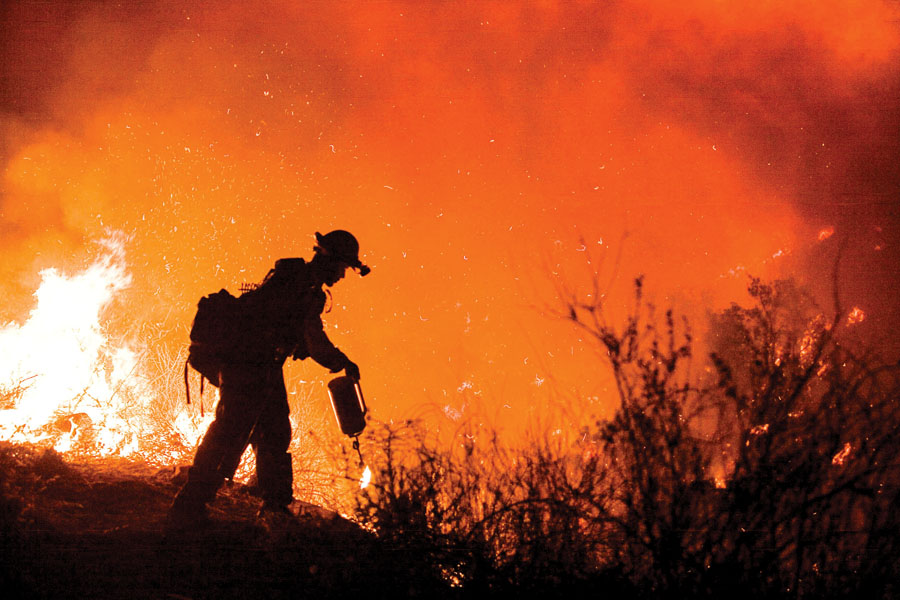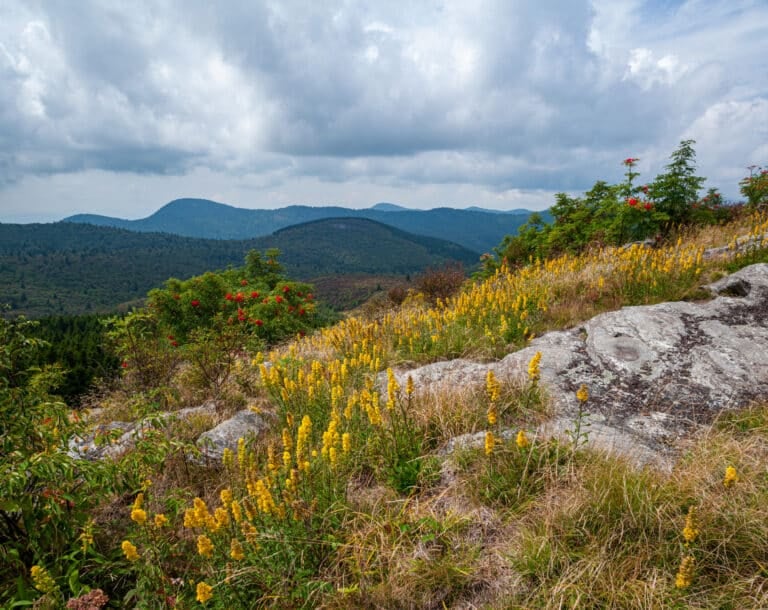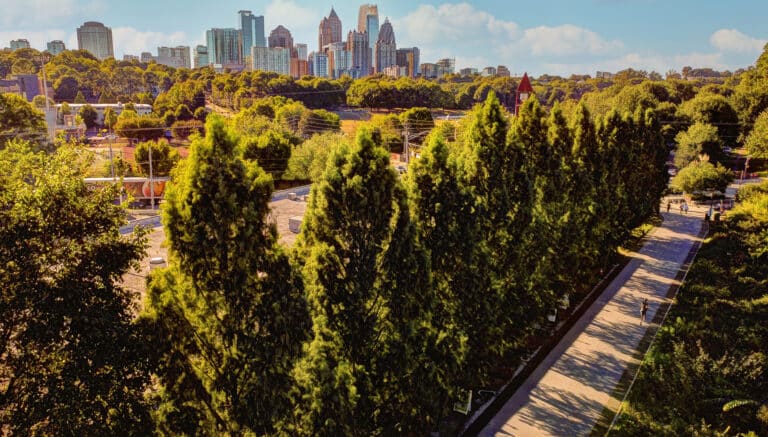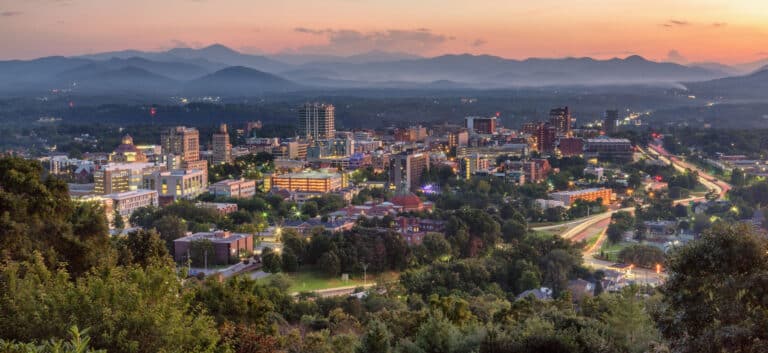Two Tennessee teenagers—ages 15 and 17—were out hiking the Chimney Tops Trail in Great Smoky Mountains National Park last November. Then, for whatever reason – boredom, teenage stupidity, maybe outright malice – they decided to throw lit matches on the ground, during one of the longest droughts the Appalachian region has seen in recent memory.
The result was a wildfire that raged through the park and the nearby towns of Gatlinburg and Pigeon Forge, killing 14 people, injuring about 150 others, and damaging or destroying more than 2,400 properties.
Although the so-called Gatlinburg Fire was unusually large and destructive, it was far from the only conflagration that kept emergency personnel busy last fall. The entire Southeast experienced its worst fire season in years, and 38 of the 39 major wildfires were intentionally set.
“Our fall fire season was historic by any measure,” says Tim Phelps, a spokesman for the Tennessee Division of Forestry. “We had a rash of fires taking place on a daily basis.” His agency responded to 1,311 fires of various sizes last year that collectively burned 83,500 acres. Although 570 of those fires were caused by proven or suspected arson, only 10 arrests have been made. That’s because forest fires, by their nature, start in remote areas and often consume any available evidence. The low number of arson arrests “gives you an idea of just how hard it is to prosecute something like this,” Phelps says.
Most of the suspects who pled guilty in Tennessee fit the standard arsonist profile: white males in their 20s who lived near the areas where the fires were set. “Typically, they said they just wanted the attention or the excitement of the response, or it might be revenge against a neighbor or girlfriend,” Phelps says. Techniques vary; perpetrators sometimes use propellant, but given last year’s bone-dry conditions, often a couple of matches was all it took. “It’s tough for a rational mind to comprehend what these folks are thinking, but it’s unfortunate that we have people who do this,” Phelps says.
It’s part of a nationwide trend that spans decades: more forest fires, burning hotter and for longer periods. According to Forest Service Spokesperson Jennifer Jones, wildfires have burned an average of 7.3 million acres of land (state, federal, and private) over the past 10 years, compared to 2.7 million acres annually from 1983-1992. The Southeast leads the nation in the number of wildfires, averaging 45,000 per year and climbing. Already in 2017, a major wildfire in Georgia’s Okefenokee Wildlife Refuge has burned for two months and may eventually scorch almost half of the entire 438,000-acre refuge.
Very large fires of more than 100,000 acres are becoming more common in the Southeast, including the Big Turnaround Complex in Georgia in 2007 (386,722 acres); the Bugaboo Scrub fire in Georgia (160,727 acres) and Florida in 2007 (108,574 acres); and the Honey Prairie fire in Georgia in 2011 (309,200 acres). It’s probably not a coincidence that these areas have also experienced longer overall fire seasons over the last 35 years.
Fire has always been part of the natural landscape, but more people are living closer to urban-wildland interfaces. With more people living in fire-prone areas, firefighters must protect even more lives and structures than ever before. And in forests across Appalachia, fire has been suppressed for many decades, causing even more fuel to build up.
And then there’s the giant melting iceberg in the room: climate change. Our warming atmosphere is producing longer droughts, which means more frequent and intense fires. “One of the predictions of climate change models is more extreme and unpredictable weather patterns,” says Hugh Irwin, program director for The Wilderness Society. “The size and severity of the fires are a direct result of drought last year in the Southern Appalachians, and the severe drought is consistent with weather patterns expected with climate change. Severity, intensity, and variability seem to be the new norm.”
According to Jones, the Forest Service sees the solution as a three-legged stool. The first leg involves maintaining good response capabilities, which is why the agency is striving to increase its budget for fire fighters, aircraft, and equipment. Leg two is helping communities become more fire-adapted by teaching homeowners how to use fire-resistant materials and create buffer zones around their homes. Finally, the Forest Service plans to use prescribed burns to reduce fuel loads and make landscapes more resilient to fire.
“Fire is part of the forest,” says Irwin. “We have to learn to coexist with it.”







